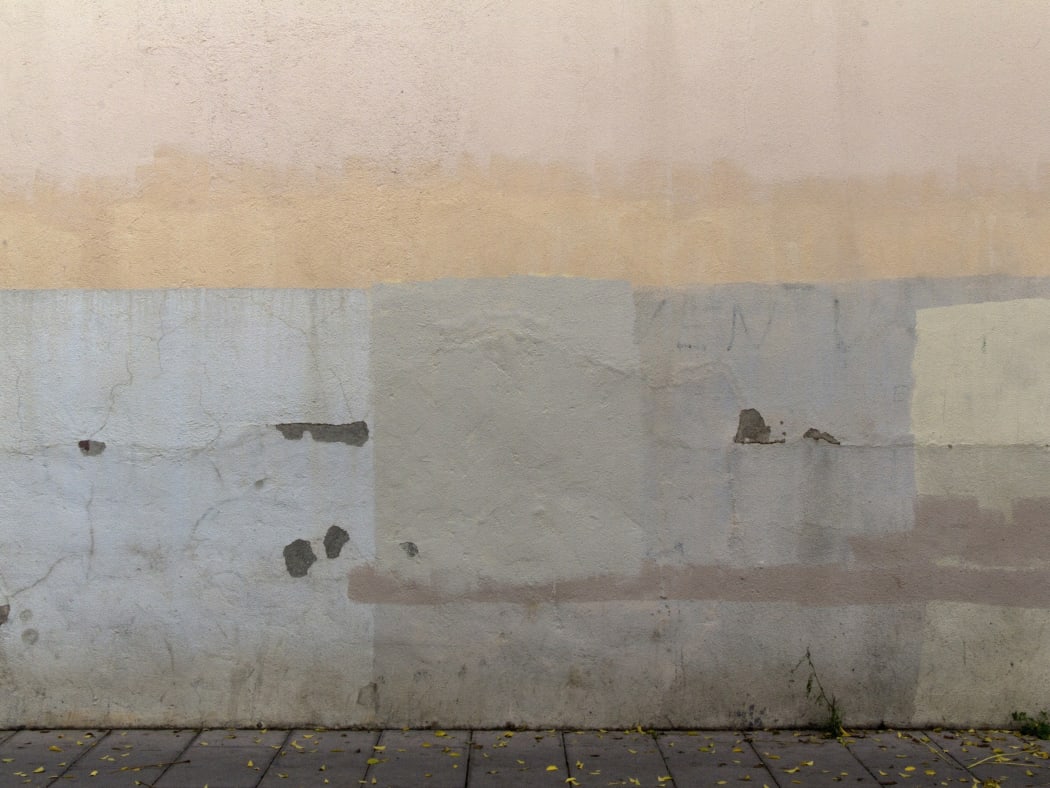
One of the most pleasant memories of my childhood is the visits that every Sunday my parents organised to a museum in the capital of Spain –Madrid, an inhospitable place for almost everything, but rich in art galleries. On these occasions, I was fascinated standing in front of those strange objects –mostly paintings– that seemed to have a life of their own and the ability to teleport me far away from routine. A large part of my experience as an art viewer is related to this early impression and an uncertain notion of the independence of the work that was developing inside my noggin in those times.
Nevertheless, as time goes by and our look becomes more refined and moves away from the formative years, this idea of an angelical work, alien to worldly setbacks, appears to be unable to answer anymore some specific questions that afflict us in the loneliness of the white cube. In line with this, I wanted to gather four personal notes that illustrate well the ambiguous coexistence of art in society.
Looking through a little hole
Recently, as I was speaking to the painter José Díaz, I reached the conclusion that his painting could encode a discourse about the period in which it was produced. Although the theme of his painting does not explicitly reflect our times, I asked myself whether the present conditions of production of symbolic capitalism, with its repeated action-reaction mechanics, in always increasingly short sequences, did not pervade his technique, his language and the method he used.
Generally speaking, we have learned to read abstract painting as an independent language, more inclined to philosophical inquiries than to political or social commentary. However, here we have a contemporary painter in whose work we may sense a slight fracture –barely a little hole– in said independence. May we then see something through this –sometimes miniscule– little hole?
The nuisance of beauty
No doubt, what the Cuban Adrian Melis practices is social art in its canonical sense. However, in many compositions of his photographs, in some of the notes he uses to meticulously prepare his installations, and even in the atmosphere of his videos... Do we not find in them a disturbing pictorial key? When beauty permeates in installations that report the failures of our society, its injustices and incoherencies, it appears as a troublesome factor.
In this regard, I cannot help thinking about the deep impression that I feel every time I see the installation Mar Negro, by Carlos Aires. The first time I got close to it, what drew my attention was its beauty. A few moments later, the multicoloured parquet floor horrified and upset me when I discovered its origin. Aesthetics, discourse and process make up here a whole where borders fade away.
Both Aires and Melis create intelligent devices that leave the audience into a no man's land. The viewer, abandoning themself to the impulse of finding the harmony in the work, feels an unavoidable culpability when confronting formal beauty with the conflict depicted in such works.
The spirit of the time
What happens during the period that separates a work from its viewer? Does the social artwork turn into something else when historical circumstances alter its interpretation? This is something I always ask myself whenever I look at Maruja Mallo's paintings previous to the Spanish Civil War. These sewers and bell towers, true ossuaries in equilibrium, might be considered a weird prologue to the war and the later horror of a country dead in life over the following forty years.
The impossible autonomy of the work
Be that as it may, it might be that art is the most efficient mechanism to capture, understand and process present-day worries; the most suitable way to encapsulate a moment and a place, with its tensions, conflicts and contradictions. Like a sophisticated device, such an art would always be political, realistic and relevant, which does not necessarily mean it is militant. I think that one of the characteristics of great artists is the fact that they are able to connect with collective psychic trends of their time without having to carry the banner for anything.
The link between artist and society is undoubtedly complex, problematic and subject to a huge probability of error, but I believe that this link contains the power of artistic practice when explaining and questioning the society that witnesses its birth and development, although this may entail, to a certain extent, leaving behind the lovely days of childhood.
(English translation: Beatrice Krayenbühl)

